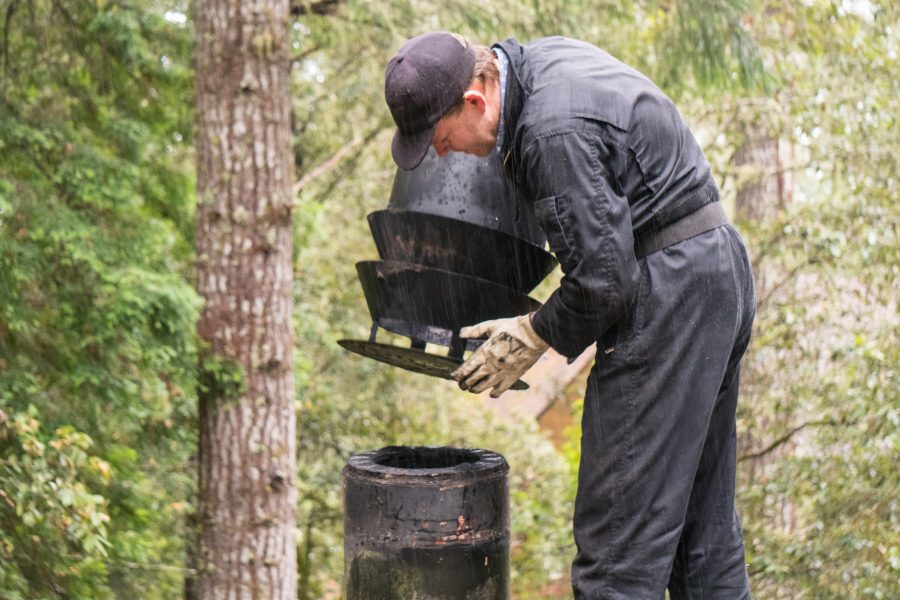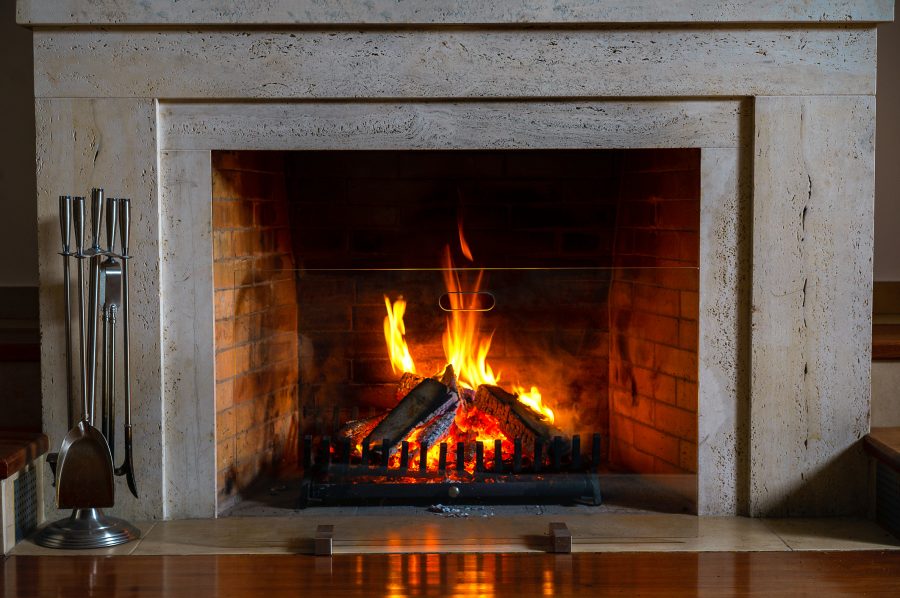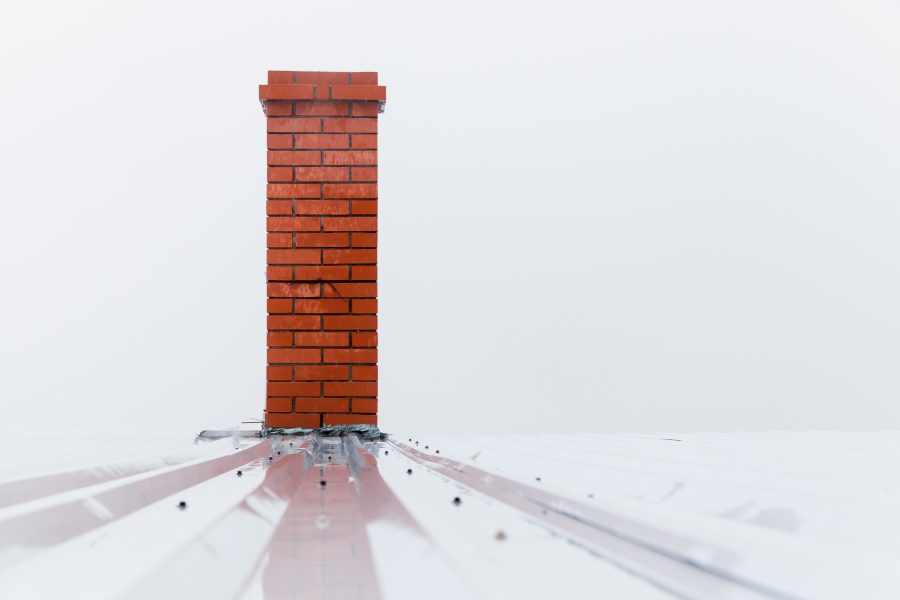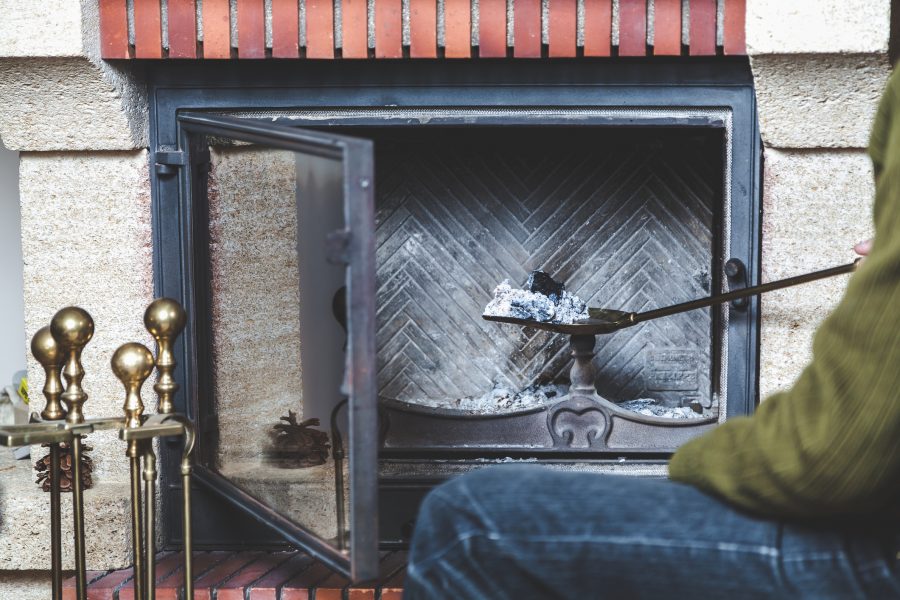I grew up in a home heated by a wood stove and fireplace. I often huddled around the hearth after dinner and stared at the wavering coals. I couldn’t help but smile. The glowing embers, orange flames, and penetrating heat seemed a pleasant connection with generations past. A shared experience. It’s no wonder that, even today with our hyper-efficient homes, many of us still enjoy the warmth and beauty of a fireplace.
But as pleasant as a fireplace may be, every year more than 22,000 chimney fires occur in the United States alone, causing over $116,000,000 in property damage1. Because of this increased risk, homes containing them garner special attention from insurance companies. Expect to answer additional questions when applying for home insurance. You may need to supply photos of the fireplace or wood stove along with other supporting information to ensure it was professionally installed and that you are maintaining it safely.
And even though spring temperatures are rising and we will soon welcome a long-awaited summer, now is the best time to prepare for the next heating season. Don’t wait until fall when the weather turns cold and you are tempted to use a fireplace that has sat idle for months without a proper cleaning and inspection.

Maintenance Required
Just as we periodically check the tires of our car to ensure they have adequate tread and top them off with air, so also the chimney of a fireplace or wood stove requires periodic inspection and maintenance. Fire builds creosote upon chimney walls. The speed at which these deposits accrue depends upon the wood burned, the chimney’s draft, and several other factors. The chimney in one home may experience buildup much more quickly than that in another. This creosote is combustible and presents a chimney fire hazard. In addition, chimneys can leak through cracks in mortar or gaps in metal liners and allow sparks or flame to contact house framing.
Have your chimneys cleaned and inspected yearly. I still recall as a child spying a chimney sweep crowned in a stove pipe cap scampering over our roof and plunging a stiff brush down the flue like a mad hatter churning butter. Today’s chimney services are more sophisticated. Removing creosote and buildup is only one function they provide. A quality chimney service can also inspect the interior of the chimney using video equipment, providing early warning should repairs be necessary.

Surrounding Areas
And though the chimney is a common source of issue, another is the area surrounding a fireplace or wood stove. This should be clean and free of combustible materials. Those cozy holiday photos of a blazing fire with stockings hanging from the mantle in front and extra logs lying nearby are not how one should enjoy the season. Keep anything that can burn a safe distance away. Fireplace screens should always be used, but even so, expect sparks and coals to escape. As evidence, the wood floor of my childhood home is dotted with charred marks, many several feet beyond the hearth.
Wood stoves also pose a threat in this manner. Coals can often roll or splash out while logs are added. Wood stoves should be supported on a noncombustible, fire-resistant base in addition to the surrounding area being kept clear.

Safety Check
Homeowners shouldn’t depend solely upon the inspection of a chimney service to ensure safety. Check the outside of your chimney for cracks, missing mortar, and loose bricks. Spalling here can indicate deterioration inside.
Fireplace inserts are popular today since they are often more cost-effective and easier to install than traditional masonry chimneys. Be aware of their condition and replace any cracked plates or reflectors.

Ash Cleaning
When removing excess ashes, do so using a proper ash shovel and metal container. Never use a vacuum cleaner unless the fire has been cold for at least three days. As a teen I once vacuumed our fireplace thinking it long dead, only to discover how quickly an Electrolux could morph into a smoke machine. Apparently, the forced airflow can turn even the smallest cinder into a hot coal, ignite the reserve of Labrador retriever hair stuffed inside the vacuum bag, and fill your home with a most unpleasant odor. Luckily, I discovered my error relatively quickly and aired the house before my mother came home. (Sorry Mom, I never told you why your vacuum never worked well after that.) All this to say, cleaning fireplace ashes with a vacuum is generally not considered a wise practice.
Insuring homes with a fireplace or wood stove may present an extra challenge, but at Bankers Insurance we are familiar with the requirements of our many insurance companies and will advise you along the way. Please contact us with any homeowners insurance questions. Not a client of ours? Let us compete for your business! Each client is assigned a personal agent in our office, given their email address, and provided a phone number that rings right on their desk.
For more fireplace safety tips, visit https://www.iii.org/article/wood-stove-safety
David McCaleb LinkedIn
Bankers Insurance LLC
Was this post helpful?
- Share it using the links below
- Review all our personal insurance posts
- Subscribe to our newsletter




Comments are closed.